Sasquatch creature known by many names in Indian legends By Rachel Thomson
The Daily World Tuesday, July 6, 2010
The term “Sasquatch” is an Anglicized name based on coastal Salish vernacular that was coined in the 1920s by a British Colombian teacher to describe a large, hair-covered, manlike creature, according to “Raincoast Sasquatch” by J. Robert Alley.
The following is a partial list of Native American words various tribes use to describe Bigfoot, along with some beliefs.
Tlingit (Southeast Alaska ) kushtakaa; Believed to be the embodiment of lost relatives. The kushtakaas were men who through near drowning or becoming lost, had been influenced by the kushta (land otters), and had grown hair all over their bodies and were sent to live with others who had undergone the same transformation.
Haida (Queen Charlotte Islands , B.C.): Gagiit; Meaning “man on all fours.” The Haida believed if a person was lost at sea their body would transform into a long-haired “wild person” with large feet and forearms.
Tsimshean (Central coast ofBritish Columbia
Nuxalk: (Bella Coola,Northern British Columbia ) boq’s; Some accounts describe a creature with a hooked nose and wide nostrils, while others describe an animal with flattened apelike nostrils. Some believe that the boq’s have supernatural powers and eats shellfish.
Nootka (West coast of Vancouver Island): matlox; Black-haired with a head similar to a human; large, bear-type eye teeth, large and toes and arms with fingers with large nails
Coast Salish/Upper Stalo (Fraser River in British Columbia south to American border): suhsq’utch; Has dark fur, stands more than eight feet tall and leaves footprints about 20 inches long. Some accounts say it causes bouts of unconsciousness, are known to abduct women and cause them to have half-human children; Has some form of simple language.
Coast Salish/Lummi (Bellingham): camukws; A great, tall animal about seven feet in height, mountain-dwelling and has the ability to steal souls
Coast Salish/Twana (shores of Hood Canal and Skokomish River watershed): c’iatqo; described as mountain and forest giants, generally referred to in English as “stick Indians,” borrowed from Chinook jargon meaning “forest.” They were often of human form, but taller than normal humans and went naked except for a beach clout. People feared the c’iatqo, but suffered little harm from it beyond occasional thefts of killed game
The following is a partial list of Native American words various tribes use to describe Bigfoot, along with some beliefs.
Tlingit (
Haida (
Tsimshean (Central coast of
Nuxalk: (Bella Coola,
Nootka (West coast of Vancouver Island): matlox; Black-haired with a head similar to a human; large, bear-type eye teeth, large and toes and arms with fingers with large nails
Coast Salish/Upper Stalo (Fraser River in British Columbia south to American border): suhsq’utch; Has dark fur, stands more than eight feet tall and leaves footprints about 20 inches long. Some accounts say it causes bouts of unconsciousness, are known to abduct women and cause them to have half-human children; Has some form of simple language.
Coast Salish/Lummi (Bellingham): camukws; A great, tall animal about seven feet in height, mountain-dwelling and has the ability to steal souls
Coast Salish/Twana (shores of Hood Canal and Skokomish River watershed): c’iatqo; described as mountain and forest giants, generally referred to in English as “stick Indians,” borrowed from Chinook jargon meaning “forest.” They were often of human form, but taller than normal humans and went naked except for a beach clout. People feared the c’iatqo, but suffered little harm from it beyond occasional thefts of killed game


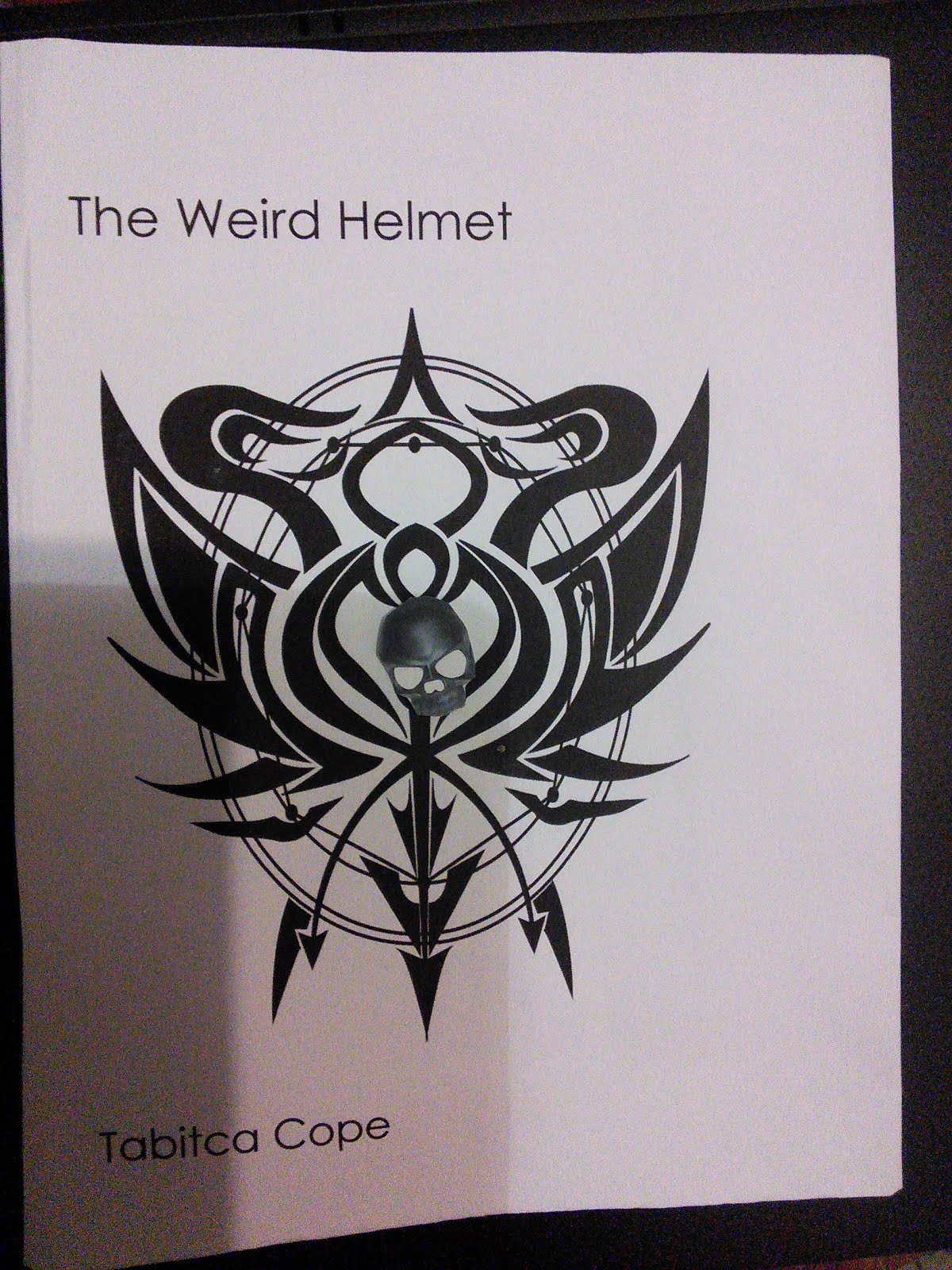
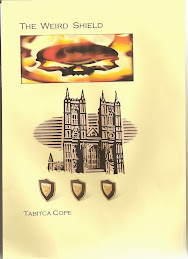
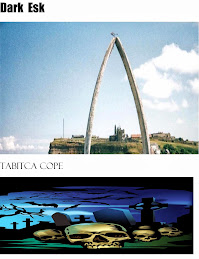
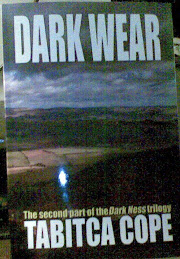


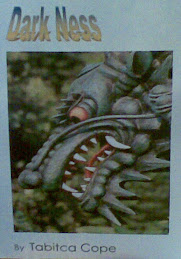
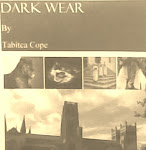












No comments:
Post a Comment